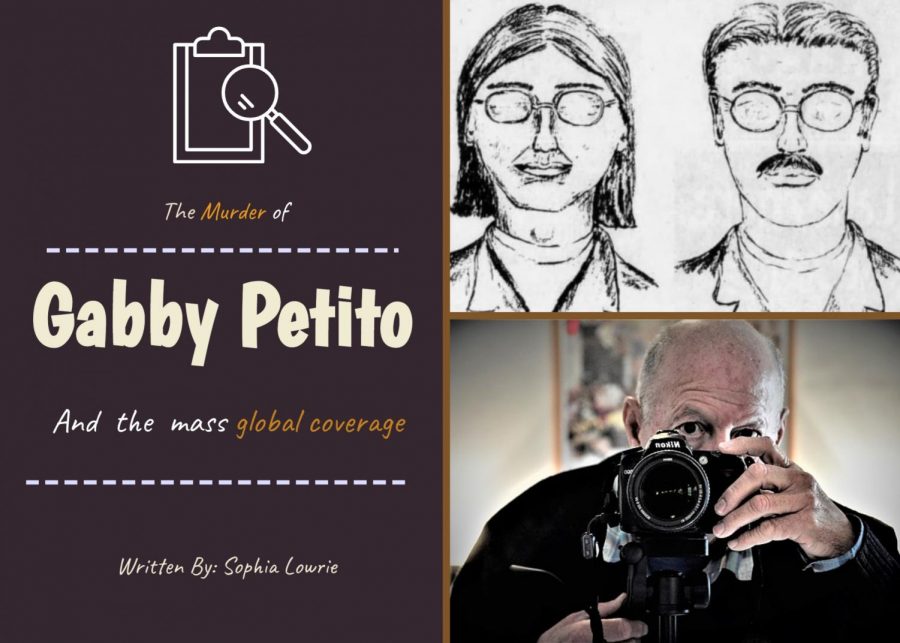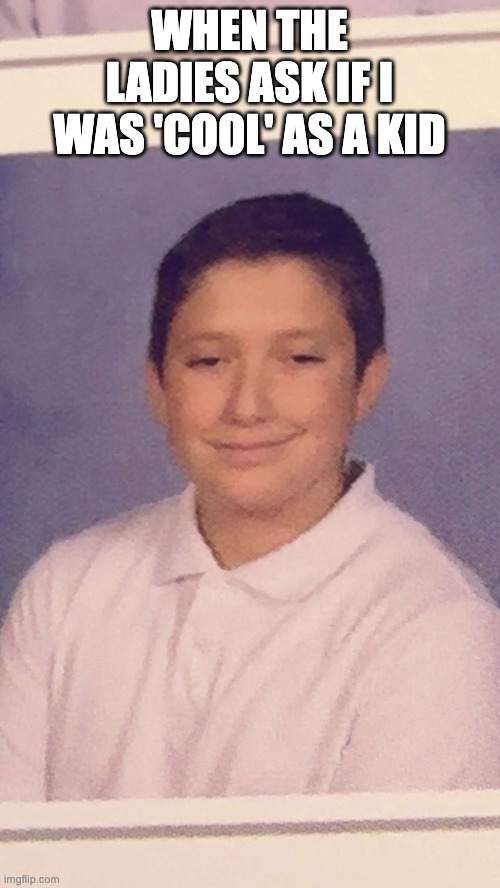Gabby Petito & the Global Response
October 5, 2021
Gabby Petito is a name that anyone who watches the news and keeps up with social media would recognize. Gabby Petito was a 22-year-old woman who grew up in Long Island, New York, and later moved to North Port, Florida. Gabby Petito’s story and disappearance became well known only weeks after her disappearance, dated on September 11th.
Gabby Petito’s family and friends are appearing all over social media, gaining recognition and support from thousands of people all over the world.
The story of her disappearance as well as the forensic case taking place spread across social media as well as major media outlets like wildfire. Mass media has a crucial role in the awareness of Gabby Petito’s disappearance and homicide and her broad global representation in the media is a perfect exemplification of how so many people know of Gabby Petito, her family, and the ongoing investigation.
With a quick Google search of her name, multiple stories by large media outlets like Fox News, CNN, NBC, and The Washington Post appear under the title “Top stories”. Gabby Petito’s name appears in headlines of local news, as well as posts regarding her going viral on social media.
From first glance one may not realize how Gabby Petito’s media coverage has been more widespread and inclusive than other missing persons cases; however, this kind of headline is nothing new to media outlets or social media. In the past, popular media outlets have continuously covered almost identical cases to Gabby Petito’s which have not received the same amount of attention or involvement.
Media outlets that have posted pieces on Gabby Petito have gained tremendous popularity rapidly. This kind of global response to a domestic-dispute turned homicide case is unexpected and has greatly benefitted Gabby Petitio’s family in solving the case and finding Brian Laundrie, the suspect for Gabby Petito’s homicide. The global response to Petito’s disappearance and death has greatly influenced the rate at which the police are taking action. As well as a criminal investigative response to her disappearance, there have also been thousands of people worldwide who have aided in the search for Gabby Petito, as well as the search for Brian Laundrie. This kind of global aid is unheard of and missing persons cases that don’t receive the kind of resources and response that Gabby Petito’s case has, have a lessened chance of getting solved and a slower rate of police taking action.
A two-week search that underwent for Brian Laundrie in a Florida Nature Reserve showed the speed at which the police are operating as the search for Brian Laundrie continues in attempts to bring justice to Gabby Petito, her family, and the thousands of people who want justice for her.
Since Petito’s disappearance on September 11th, the police have found Gabby Petito’s remains, an autopsy has been performed, and a warrant for the arrest of Brian Laundrie has been released. The rate at which this case is progressing is faster than most forensic files ever recorded. North Point Police Commander, Joe Fussel, elaborates on the number of resources that are being put to use in order to find Brian Laundrie. Fussell states “And we’re deploying the resources to be able to do that. We have air units, we have drones, we have the swamp buggies, airboats, multiple law enforcement agencies, we have ATVs, we have UTVs and we have officers on foot as well.” Police action for Gabby Petito’s case is vastly different from other similar cases that have remained unsolved or had a lower rate of action.
A prime example of the slower rate of action is evident in the homicide of Faith Hedgepeth. Faith Hedgepeth was a sophomore at the University of North Carolina and was murdered on September 7th, 2012. Police recovered forensic evidence from the scene of the crime and had a substantial amount of DNA recovered from the scene to identify a possible suspect. However, not until four years later did a Virginia DNA testing company identify a suspect and an image of what the man looked like based on genetics taken from the DNA. The substantial DNA and forensic evidence allowed for the police to solve the case and arrest the murderer of Faith Hedgepeth. Even after the suspect was identified and illustrated the police still did not arrest a suspect until September of this year. Had there been the same amount of awareness and representation of Faith Hedgepeth’s death, it is possible that the murderer would’ve been arrested much sooner following the murder.
Gabby Petito’s parents have since created the “Gabby Petito Foundation” which aims to help families of other missing persons like Gabby. Joseph Petito explained that the foundation will aid other families going through the same thing as them and give resources and guidance to help find people like Gabby Petito at a faster rate. The foundation was created in hopes of getting similar responses from the media as well as police departments in regards to missing persons cases.
Mass media outlets and social media users can influence the rate at which missing persons are found as well as the rate at which homicides with forensic evidence are solved; Gabby Petito is a prime example of how raising awareness and spreading information on social media can influence the families and friends of missing persons as well as bring justice to those whose stories were never told.








